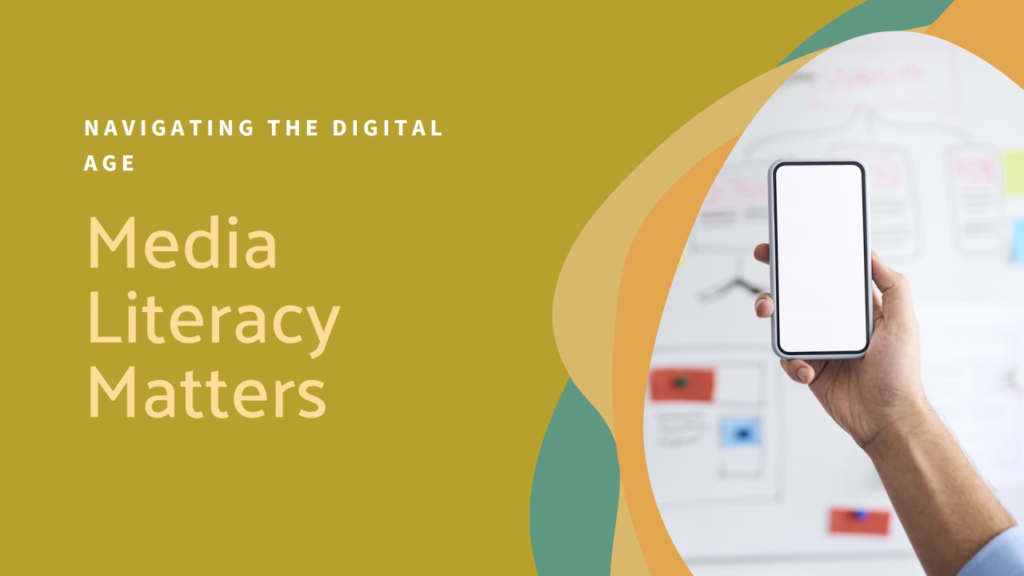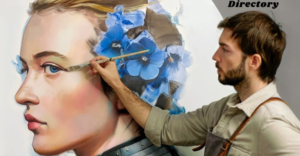
Media Literacy,In a world saturated with information, media literacy is becoming an essential skill for navigating the ever-expanding universe of digital content. The internet and social media have transformed how information is shared, but with that comes the challenge of distinguishing credible information from falsehoods. Misleading information, biased reporting, and opinion masquerading as fact are now commonplace, making the ability to critically analyze media sources crucial. Platforms like Biasly offer valuable resources for those who wish to enhance their media literacy skills, allowing them to engage with content more responsibly.
What is Media Literacy?
At its core, media literacy refers to the ability to access, analyze, evaluate, and create media in various forms. It encompasses skills that help individuals critically assess the messages conveyed by media, recognize biases, and understand the purpose behind a piece of content. Media literacy is not about becoming distrustful of all information; rather, it is about empowering oneself to make informed decisions about which sources to trust and what messages to accept.
The Components of Media Literacy
Media literacy involves multiple layers of understanding. First, it requires access to diverse information sources, which can be challenging in today’s fragmented media landscape. Once information is accessed, analysis becomes the next step. This means dissecting the content to uncover any underlying messages, agendas, or biases.
Evaluation is another critical aspect of media literacy. This includes questioning the source’s credibility, verifying facts, and considering how different perspectives may influence the information presented. Finally, creating media is an integral component of media literacy as it allows individuals to communicate responsibly, using a balanced approach to content creation that is rooted in factual accuracy.
Understanding Bias in Media
Bias in media is an inevitable factor that can shape public opinion and influence perceptions. Platforms like Biasly can be particularly useful in understanding how bias manifests across various media outlets. Bias can appear in many forms, from the subtle use of language that evokes certain emotions to the selection of topics that align with a specific political or social agenda. Recognizing bias is essential for making well-informed decisions, and this is a key focus of media literacy.
To navigate biased content, media consumers must ask themselves questions such as: Who produced this content? What is their motivation? How does the language or imagery in the media piece affect my perception? Developing these skills through media literacy training or resources like Biasly can improve one’s ability to spot and understand bias in media.
The Role of Biasly in Promoting Media Literacy
Biasly serves as a valuable tool for those interested in media literacy by offering resources that help users detect bias in news and media. By evaluating sources for slant or partiality, Biasly provides users with a clearer understanding of how information might be influenced by an organization’s ideological leanings. This allows readers to become more critical thinkers and fosters a healthy skepticism that aids in developing a comprehensive understanding of complex issues.
Additionally, Biasly provides ratings and analytical tools to guide individuals in identifying media bias. By accessing these tools, individuals can begin to recognize patterns in media reporting that may otherwise go unnoticed. This aspect of media literacy is invaluable in today’s polarized environment, where even the most straightforward news can carry shades of bias.
Media Literacy and Social Media
Social media is one of the most influential platforms for information exchange. However, it also presents significant challenges to media literacy. Social media algorithms often prioritize engagement over factual accuracy, making sensationalized or biased content more likely to reach users. Media literacy helps users identify misinformation, fake news, and biased sources on social media platforms, which is increasingly important in an age where viral content can sway public opinion within minutes.
Furthermore, platforms like Biasly can be particularly beneficial when assessing social media content. By providing insights into the political and social biases of trending topics or popular news stories, Biasly aids in honing media literacy skills that help users navigate social media responsibly.
Why Media Literacy Matters in Schools
Incorporating media literacy into education is vital as young people are some of the most active internet users. Schools can integrate media literacy in curricula by encouraging critical thinking and offering exercises that help students analyze media content effectively. Media literacy education helps students recognize bias, understand the difference between opinion and fact, and develop the skills needed to approach information critically.
With tools like Biasly, educators can enhance media literacy lessons by using real-world examples that students encounter daily. Teaching students to evaluate the credibility of online sources and recognize propaganda or biased narratives will empower them to make informed decisions as digital citizens.
Media Literacy and Civic Engagement
A well-informed public is the cornerstone of a functioning democracy, making media literacy an essential skill for civic engagement. Misinformation can distort public perception of important issues, influencing voting behaviors and shaping societal norms in harmful ways. With media literacy, individuals are better equipped to engage with political information critically, leading to a more informed electorate.
Biasly provides resources that encourage individuals to critically assess political content, promoting healthier engagement with civic issues. This ensures that people are not just passively consuming media but are actively questioning and analyzing the information that shapes their beliefs.
The Impact of Media Literacy on Personal Well-being
Media literacy does more than just protect users from misinformation; it also contributes to mental well-being. Constant exposure to biased or sensationalized media can create stress, anxiety, and even contribute to divisive social attitudes. By learning to discern fact from fiction, individuals can make conscious choices about which information they consume, thus avoiding unnecessary distress.
Platforms like Biasly play an essential role in this process by offering tools that simplify bias detection. Users can quickly identify credible sources, reducing exposure to harmful or emotionally charged content. This aspect of media literacy fosters a more positive interaction with media, contributing to better mental health and well-being.
How to Develop Media Literacy Skills
Developing media literacy is a continual process that involves staying informed, questioning information, and practicing critical thinking. For those just starting on their media literacy journey, utilizing resources like Biasly can provide a strong foundation. Engaging with diverse sources, researching multiple viewpoints, and resisting the urge to rely on a single source of information are all essential practices.
Individuals can improve media literacy by analyzing how different outlets report on the same issue. Comparing headlines, examining the choice of images, and considering the phrasing used can reveal subtle biases. With time, these practices become second nature, and media consumers become better equipped to navigate the complex landscape of digital information.
Conclusion: Media Literacy as a Lifelong Skill
n conclusion, media literacy is a necessary skill for navigating today’s information-rich world. The ability to critically evaluate media messages, recognize biases, and make informed decisions empowers individuals to participate in society more effectively. As a tool, Biasly offers valuable support for anyone looking to develop these skills, making it easier to identify bias in everyday media consumption.
The importance of media literacy will only continue to grow as new technologies emerge and media platforms evolve. By investing time in learning and practicing media literacy, individuals can contribute to a more informed, thoughtful, and responsible society.



